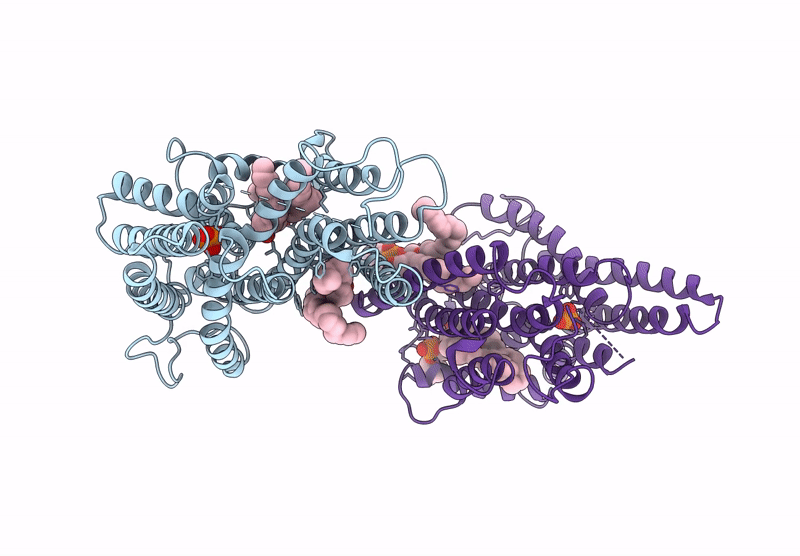
Deposition Date
2024-08-11
Release Date
2025-01-15
Last Version Date
2025-07-16
Entry Detail
PDB ID:
9J53
Keywords:
Title:
CryoEM structure of human XPR1 in complex with phosphate in state C
Biological Source:
Source Organism:
Homo sapiens (Taxon ID: 9606)
Host Organism:
Method Details:
Experimental Method:
Resolution:
3.30 Å
Aggregation State:
PARTICLE
Reconstruction Method:
SINGLE PARTICLE


